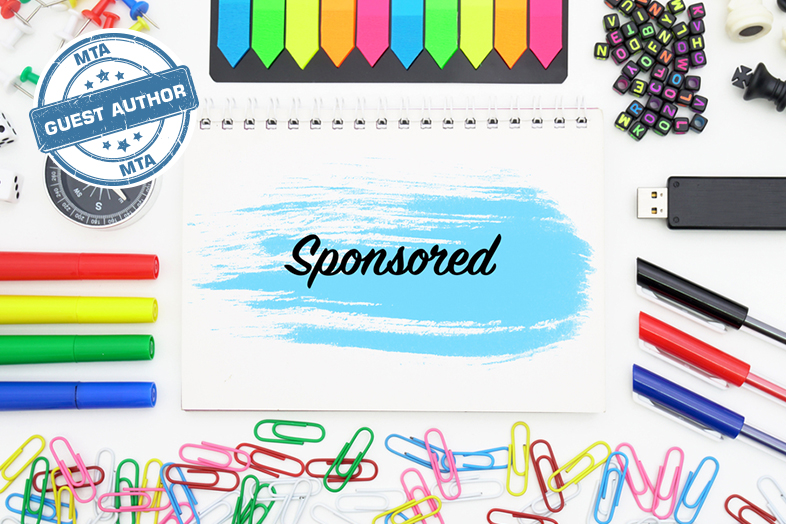
All the latest news, press releases, updates and announcements from Fuze360.

All the latest news, press releases, updates and announcements from Fuze360.

MARTECHADVISOR.COM, JANUARY 27, 2017 -- Zack Brown, Vice President of Optimal Fusion discusses how many brands are kicking off the New Year with promoted content as the FTC is mulling new aggressive restrictions for bloggers. With increasing competition and new laws on the horizon, savvy brands are navigating this tricky environment with transparency and automation.
As we wrap up 2016, it is clear that the digital landscape has become akin to the wild west. Savvy brands are embarking on the gold rush while regulators try to keep consumers protected.
A Nielsen study shows that 92 percent of people trust recommendations from individuals -- even if they don’t know them -- over brands. This has led rise to influencer marketing campaigns and sponsored content which have helped brands reach consumers in a more natural way than traditional banner ads. Native advertising spends are expected to reach $21 billion in 2018, up from just $4.7 billion in 2013.
However, effective digital campaigns will be trickier to execute in 2017 for two reasons.
The first is increasing regulations. The Federal Trade Commission has been cracking down on word-of-mouth campaigns to make sure bloggers disclose paid relationships. Under their watchful eye, celebrity influencers have become well-policed.
As such, brands have begun to rely on micro-bloggers, independent consumers who have smaller spheres of influence -- usually revolving around friends and family – but higher engagement rates. If past is prologue, brands that are prepared to adjust to regulations will have a leg up on the competition.
The second issue for brands in 2017 will be fickle consumer sensibilities. While consumers, particularly Millennials, prefer sponsored content over banner ads, they do not want to feel tricked or baited.
Here are 5 tips to engage consumers with sponsored content in 2017 amidst increasing regulations and fickle consumer sensibilities:
1. Do not try to outsmart the FTC: More sheriffs are policing the digital wild west than ever before and it is critical to play by the rules. Brands producing their own content in-house should view these FTC guidelines to make sure they are compliant. When advertisers partner with outside companies, we know the main priority is to discuss views and actions. But in order to be successful, you need a long-term digital strategy and it is critical to work with companies who understand the rapidly changing norms and regulations.
2. Be Transparent or suffer the consequences: Lack of transparency, when it comes to brands and online advertising, is the kiss of death. Both with consumers and now increasingly with regulators, it just doesn’t pay. In order to be transparent, brands should work with platforms to develop content templates that are pre-approved before they are deployed to blogs, publishers, and influencers. New platforms ensure transparency by wrapping content into DoubleClick tags with third-party validation. This protected brands utilizing display advertising for years and you should work with companies that offer the same protection with sponsored-content.
3. Rewatch the scene from Tommy boy and Tell a story: Before ‘Tommy’ lights the desk on fire, there is an important takeaway in the beginning of this scene. David Spade’s character tries to sell a break pad by saying, “The spectrometer read-out on the nickel-cadmium alloy mix…” To which the customer replied, “Whoa little fella, you are not speaking my language.” This lesson is equally applicable in sponsored-content. Do not overuse marketing jargon, sales terms or drone on about product features. This will lose the reader. Instead, focus on telling a good story about what the consumer will gain simply by clicking their mouse. Give the readers a reason to read the sponsored content until the very end and then act.
4. You don’t need Clickbait, be Creative: A native ad is supposed to be ingrained in the site where the user is currently consuming content. However, as the discipline has exploded, too many cooks have entered the kitchen that do not care about the user experience and are trying to lure consumers with clickbait. Don’t be that guy! Good sponsored content should not require a click to gain access to that content. It should ‘live’ on the intended site and the users should not be manipulated to leave the current article. By creating a creative and sophisticated sponsored content, you can engage consumers without irritating them. A consumer who feels tricked will not follow through with an action.
5. Be an Early Adopter of programmatic sponsored content: Nearly all sponsored content platforms are available on a site-by-site manual basis. Brands must work directly with the publisher to create sponsored content, get approvals from the brand, and then finally launch. This is a slow process, and extremely difficult to optimize, A/B test, and track performance metrics with such a long time lag. New platforms offer programmatic sponsored content, which can launch a content-based campaign across more than 1,000 sites in a similar execution to a programmatic banner buy. The ability to deploy native sponsored-content programmatically is a game changer that is already giving brands an edge with speed and performance.
Zack Brown is the Vice President of Optimal Fusion, a Los Angeles-based integrated media company that launched in 2005.